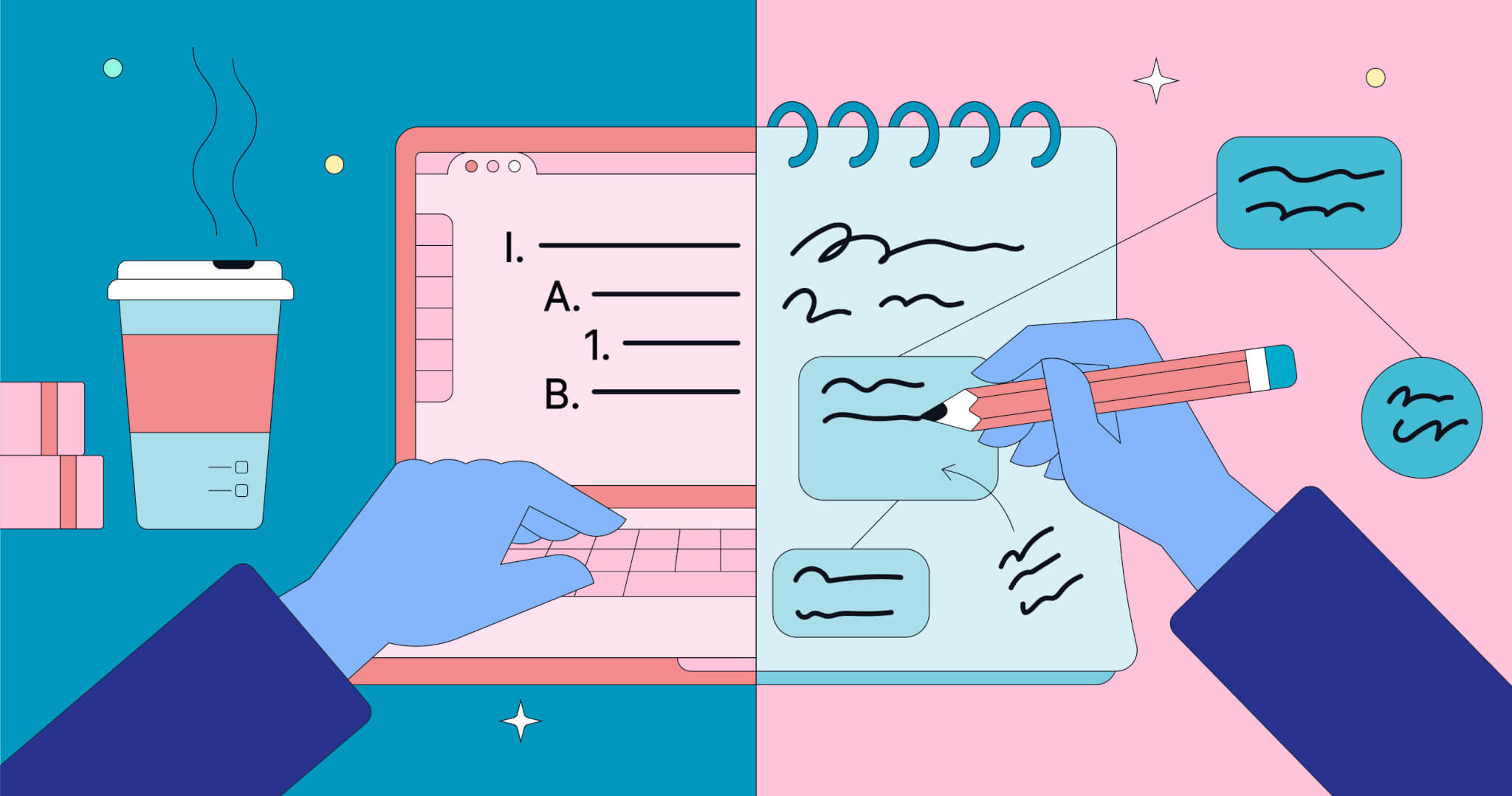Tips for In-Round Efficiency

There are basic things you can do, and probably already do, to stay organized during a debate, such as flowing and using a timer. However, there are a variety of other things that you can add to your toolbox to build a better debate. Each of the following tips can be used in isolation or in combination with the others.
1. Flow your responses on your flow.
This one may seem silly, but it is not as common as one may expect. When I ask my students where they would flow their responses to their opponent’s arguments, I commonly receive the answer “on my speech document”. While it is great that we are writing down what we want to say, this is not an efficient or organized way to flow this information. Remember, the flow is like a game board and we want our arguments to line up and directly clash with the other side.
When flowing our responses to arguments, flow the responses right next to the argument on your flow in the column for your side. If you are flowing on paper, have both colored pens in hand so that you can switch back and forth between flowing your opponent and writing your own arguments. If you are flowing on a computer, make sure you pre-set the columns with alternating font colors to reflect pro vs con.
2. Create long and short versions of arguments.
Not every round is built the same. In any given debate, you will have different judges, different competitors, and different arguments. Because of this, it is important to have contingency plans for all of your pre-planned arguments in the debate. The best way to make sure you can adapt in any debate is to create different versions of your cases and blocks.
With your cases, try to have a version you can read at a conversational pace and a version you can read a bit quicker. With blocks, have a short version that covers the three best arguments you could make and a longer version with more evidence and arguments tacked on. If you can organize your pre-written argumentation in a way that accounts for time and adaptation, you will save time during the debate.
3. Cross-apply arguments.
It is very common in a debate for the same argument to happen on multiple flows, but it can be extremely inefficient to go to both places and make the same arguments. This is where cross-application comes in.
When cross-applying an argument, you are taking an argument made on one flow and moving it to another flow, thus applying the argumentation without wasting time or being redundant.
For example, if I made an argument on the Pro case and wanted to apply the same argument to something said on the Con case, I would simply say “you can cross-apply this argument to x” and specify the contention and argument. As well, if I made an overview, I could cross-apply some of the analysis to other places on the gameboard to spread out my answers. Make sure that you are explicit about where you are applying the argument. Cross-application is intended to clean up the flow and make things more organized, so try to avoid overuse or muddied application.

